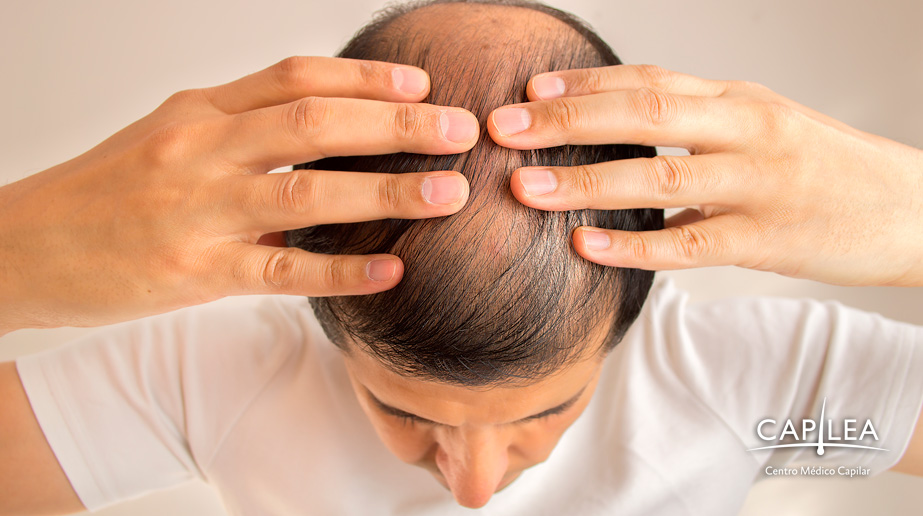Hair loss is common among men and women, affecting physical appearance and self-esteem. Fortunately, modern technology enables hair transplant using sophisticated techniques, which require knowing the number of necessary follicular units for a successful transplant. This article explains what you need to know about this concept, hair graft amount, and more details about surgical hair restoration.

What are follicular units?
A follicular unit is a group of 1 a 4 hairs that grow together from a single hair follicle on the scalp. It is a type of “container” where follicles are found. In a hair transplant, follicular units are removed from the donor’s hair and later implanted into the patient’s recipient area.
What is a hair follicle?
It is a tiny tubular structure in the skin that produces and supports hair. It is located in the dermis, the intermediate layer of the skin. Each hair follicle contains stem cells and cells responsible for melanin production (pigment), which influence hair growth and color.
Difference between follicular units and hair follicles
Both terms are related to hair growth, but the key differences are:
✅ Follicular units are transplanted to achieve natural and aesthetic results.
✅ More than one hair follicles are included in a follicular unit.
✅ The hair follicle is what we understand as “hair” in more practical terms.
✅ The hair follicle is responsible for hair growth and regeneration.

How many hair grafts do I need?
It’s a general question for those who want hair restoration, but the number of hair transplant grafts required to get a hair restoration surgery depends on the size of the area to be covered and the desired density. Additionally, hair quality and scalp elasticity also play a role in determining the number of follicular units necessary.
But is there a number? Approximately how many grafts do you require? Yes. Typically, a hair transplant needs around 2000-6000 follicular units, but this amount varies depending on individual cases. For instance, fewer units may be required for a smaller hair loss area, such as the frontal hairline, whereas more teams are usually required for extensive hair loss areas like the crown or top of the head.
Equivalences of cm², follicular units and hair follicles
Regarding equivalencies, 3000 follicular units are different from 3000 hair follicles. Now we will add one more equivalence to this topic: square centimeters.
Furthermore, 40-60 follicular units are needed per cm² in a central scalp area. The bald spot is measured using a millimeter rule, and then the number of units required is calculated based on the assumption of 50 follicular units per cm², providing an approximate total.
It’s essential to note that the number of follicular units required changes based on the area of the scalp. For example, the number of implanted follicular units per cm² in the frontal hairline zone is typically higher.

How much area can 1000 hair follicles cover?
With 1000 follicular units, you can cover a sizeable balding area. The 1000 follicular units are enough to cover an area of approximately 10-25 square cm.
Specialists in hair transplants use techniques such as Follicular Unit Extraction (FUE), or Follicular Unit Strip Surgery (FUSS) to extract and transplant these units and address hair loss in patients
It’s important to note that the knowledge and expertise of the hair transplant surgeon performing the transplant are crucial in achieving a successful result. A qualified medical team can accurately determine the number of follicular units required to ensure the desired outcome.

The number of necessary follicular units in the hair transplant process will depend on various factors, such as the size of the balding area, desired density, hair quality, scalp elasticity, and the transplant technique used. Make sure that the medical team performing the transplant has the necessary experience to obtain a successful result. Suppose you’re considering getting a hair transplant and stopping male pattern baldness. In that case, it’s essential to consult a specialist to determine the degree of alopecia and the best option to remedy it. Ensure the transplant’s medical team has the experience to achieve a successful outcome. Remember, a good hair transplant can improve your appearance, self-esteem, and self-confidence.
Capilea, your trusted hair clinic
At Capilea, we have an expert team specializing in hair transplant procedures and over 20 years of experience in the field. More than 11,550 patients have been satisfied with their results, and we have restored over 52,120,000 hairs. Don’t worry about the price, the hair transplant cost is very affordable, and we have discounts. Request your free online evaluation consultation and start your hair restoration now.


















